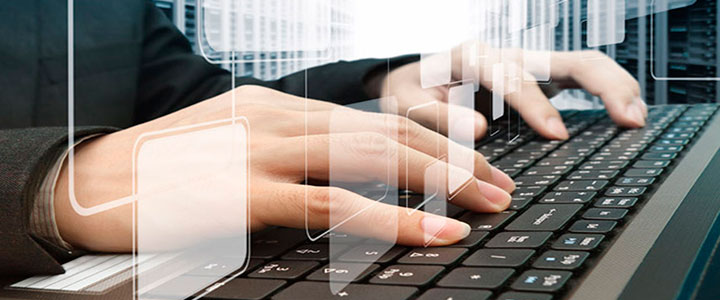
Did you know that HMRC plan to completely transition to digital tax by 2020? It might seem like a good idea – no more waiting until year end to see how much tax you owe. But did you also know that HMRC are looking to start getting small businesses and self-employed individuals using the new digital system as early as April 2018?
This key requirement will under-pin Making Tax Digital (MTD). What’s more “digital form” doesn’t mean an Excel spreadsheet. Each business and landlord will have to use some form of accounting software which has a capability to communicate with HMRC’s systems.
The new system will be phased in, so there is no need to panic, but the earlier you prepare for the transfer to digital accounting software the better. The more the digital entry of your income and expenditure becomes part of your ordinary business day activities, the easier life should be.
But what if you currently have manual accounting processes or prefer to use your own Excel spreadsheets? Excel spreadsheets might work for you, but HMRC will not accept that. They expect digital tools, software and apps to be used to record your income and expenditure, with HMRC receiving an updated digital tax account at least quarterly.
We imagine it’s probably quite a daunting thought, having to switch to a digital accounting software system. HMRC claim that this process of updating will be secure, light-touch and far less burdensome than the tax returns of today. All well and good if you are technically savvy, and if it saves the panicky end of year returns then so much the better. But it is still quite an update, especially as the initial focus is on small businesses and self-employed individuals.
That’s where we can help you. If you’re looking for help with Digital Accounting in Cardiff, contact us via one of the methods on our contact us tab and we will be happy to discuss how we can make your journey to digital accounting as pain free as possible.
